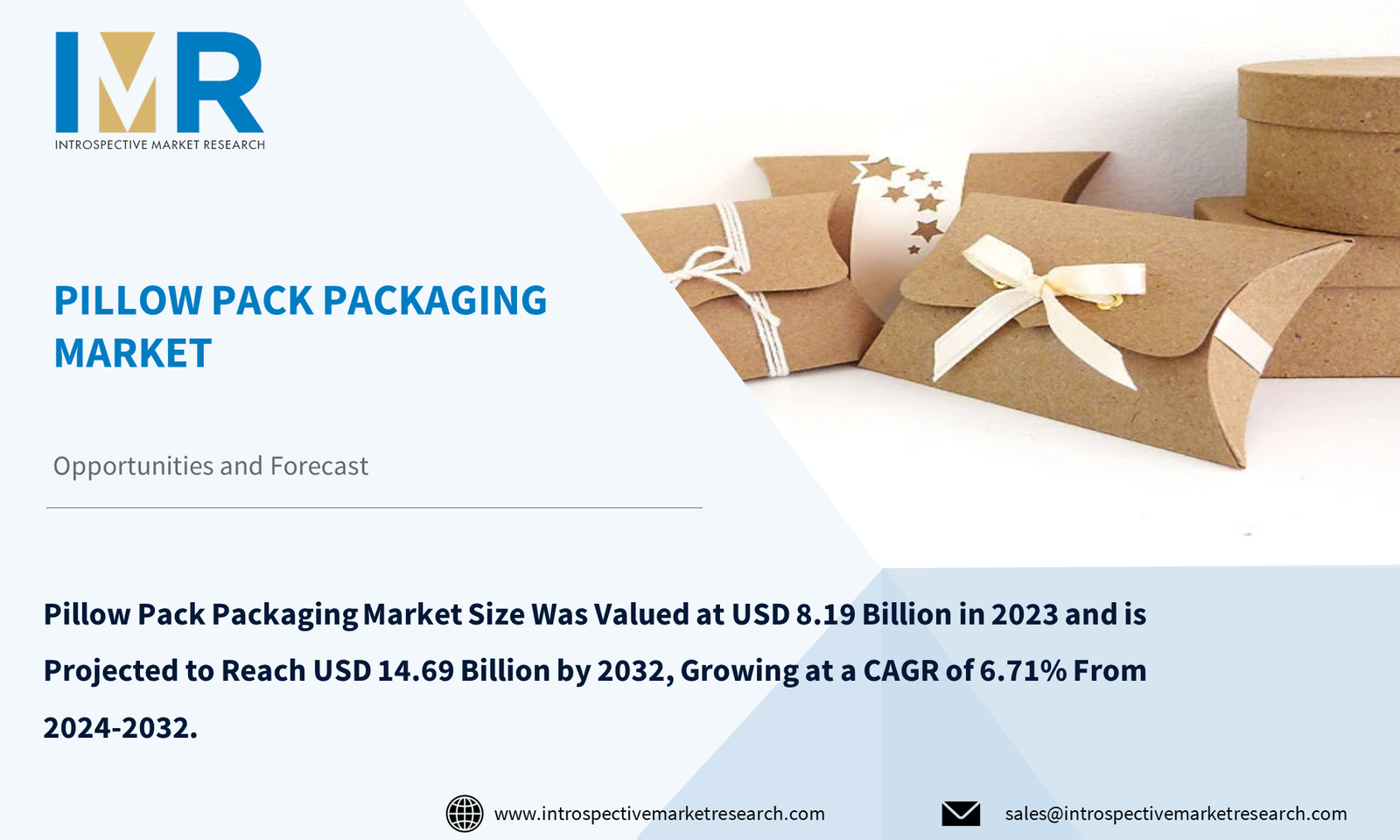
Market Size – USD 1.66 Billion in 2021, Market Growth - CAGR of 5.9%, Market Trends –the increasing demand from electronics industry is widening the scope for Food Minerals Market.
According to the current analysis of Introspective Market Research, the global Food Minerals Market was valued at USD 1.66 Billion in 2021 and is expected to reach USD 2.48 Billion by the year 2028, at a CAGR of 5.9%.
Minerals are inorganic substances that cannot be biologically produced and are required for overall growth. Most of the mineral elements that organisms bolt is in the form of simple compounds. Several minerals comprise phosphorus, calcium, zinc, iron, magnesium, and potassium. These ingredients help to keep the immune system healthy and defense the body from various diseases. The body utilized minerals to act as various functions from building strong bones to nerve impulse transmission. Poor nutrient-rich food increases the demand for these minerals. Furthermore, Vitamins and mineral supplements are accessible without a prescription and come in tablets, powders, or liquids and supply adequate vital nutrients and minerals that preserve or fuel an individual's health which has led the food minerals market growth during the forecast period.
Natural minerals are blended from numerous sources like organic eggshells, clams, oysters, marine corals, and plant-based derivatives. These products are utilized in productions supplements under diverse product lines such as eye health, allergy relief, brain & memory support, heart health, and weight management. In Spain, over 300 thousand women were discovered with osteoporosis in 2016. These are used to treat & overcome the risk of a wide variety of cardiovascular, endocrinal, musculoskeletal, digestive, and renal diseases. Furthermore, rising trends in non-GMO, gluten-free, dairy-free, and soy-free supplements due to their benefits such as control of insulin, cholesterol & abdominal fat levels, and weight management characteristics are anticipated to fuel food minerals market growth.
Food Minerals Market is segmented By Product Type (Magnesium, Iron, Calcium, Copper, Iodine, Chromium, Chloride, Zinc, And Others), Source (Fruits, Vegetables, Seaweed, Nuts, Marine, And Others), Application (Food & Beverages, Pharmaceuticals & Nutraceuticals, Animal Feed, And Others), and region.
Some of the key participants for the food minerals market such as Cargill, Incorporated., Archer Daniels Midland Company (ADM), CalciTech Europe Limited, Sigma Minerals Ltd., Waitaki Bio, AB Enzymes, Dangote Industries Limited, CK Ingredients, Eisai Co., Ltd., Avion Pharmaceuticals, LLC, Omya AG, Micronutrients, ABF Ingredients, AlgaeCalInc, SPI Pharma, Ohly, K+S AKTIENGESELLSCHAFT, ABITEC, and others.
For this report, Introspective Market Research has segmented the Food Minerals Market based on region:
Regional Outlook (Revenue in USD Billion; Volume in Units, 2021-2028)
- North America
- U.S.
- Canada
- Mexico
- Europe
- Germany
- France
- UK
- Italy
- Turkey
- Rest of Europe
- Asia Pacific
- China
- India
- Japan
- South Korea
- Indonesia
- Vietnam
- Thailand
- Rest of Asia-Pacific
- Middle East & Africa
- Saudi Arabia
- South Africa
- Iran
- Rest of MEA
- Latin America
- Brazil
- Argentina
Rest of LATAM






